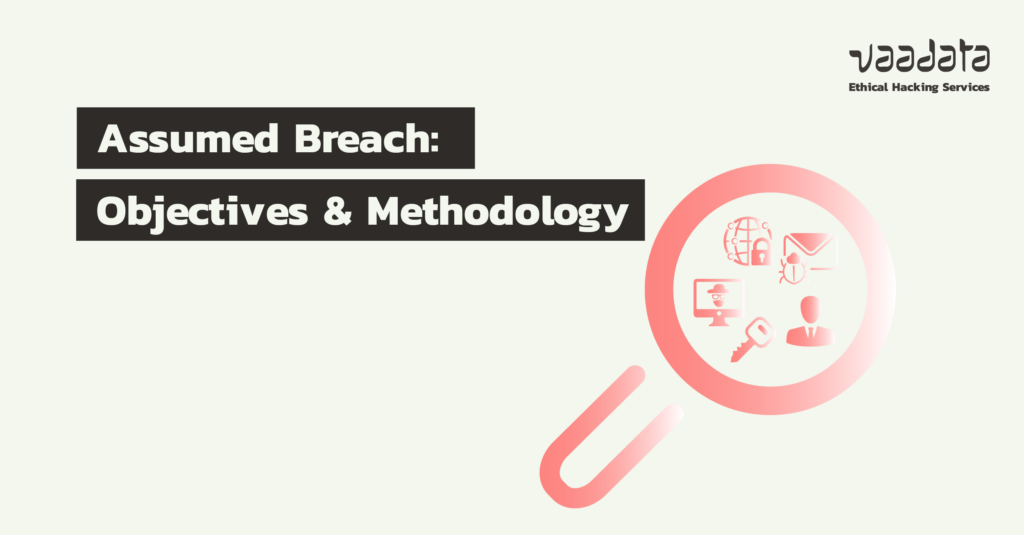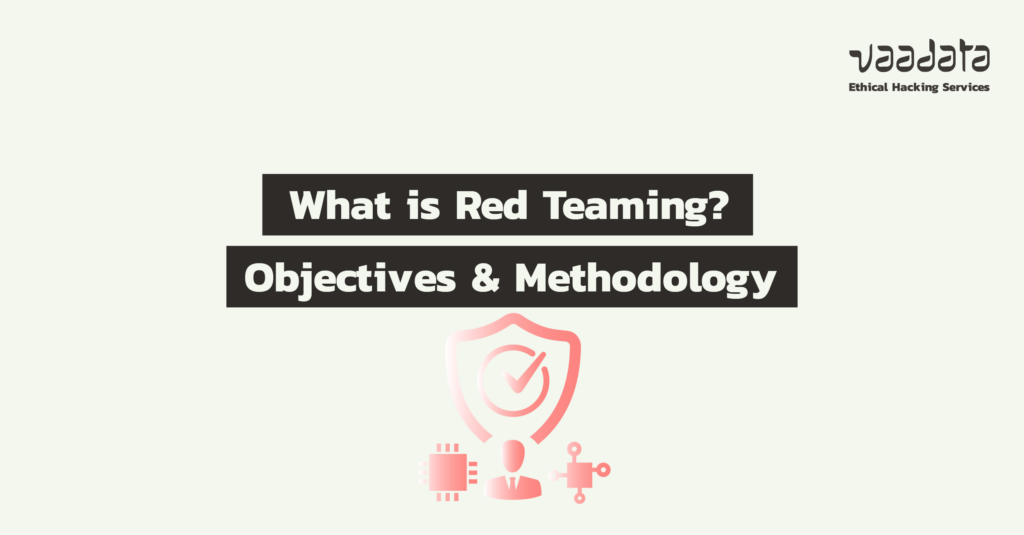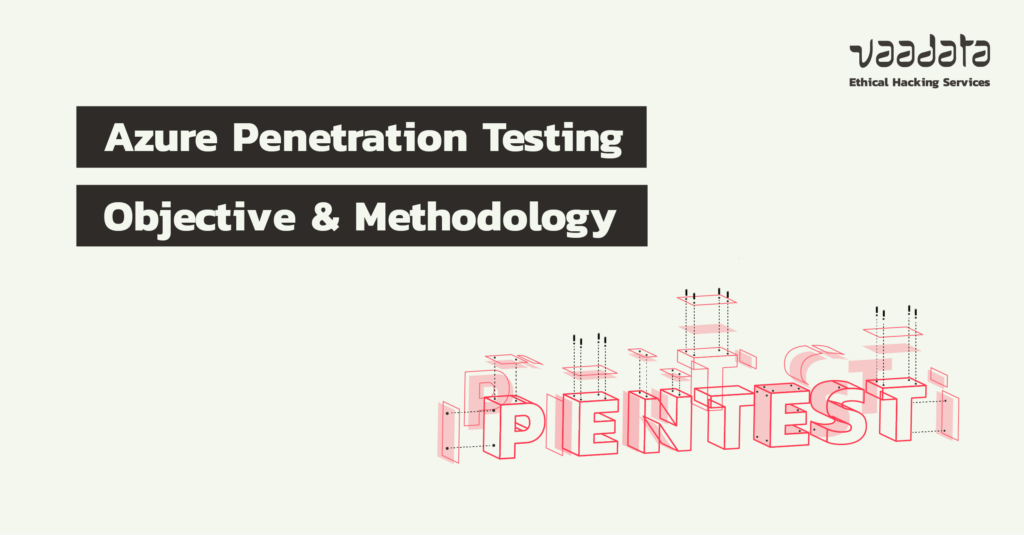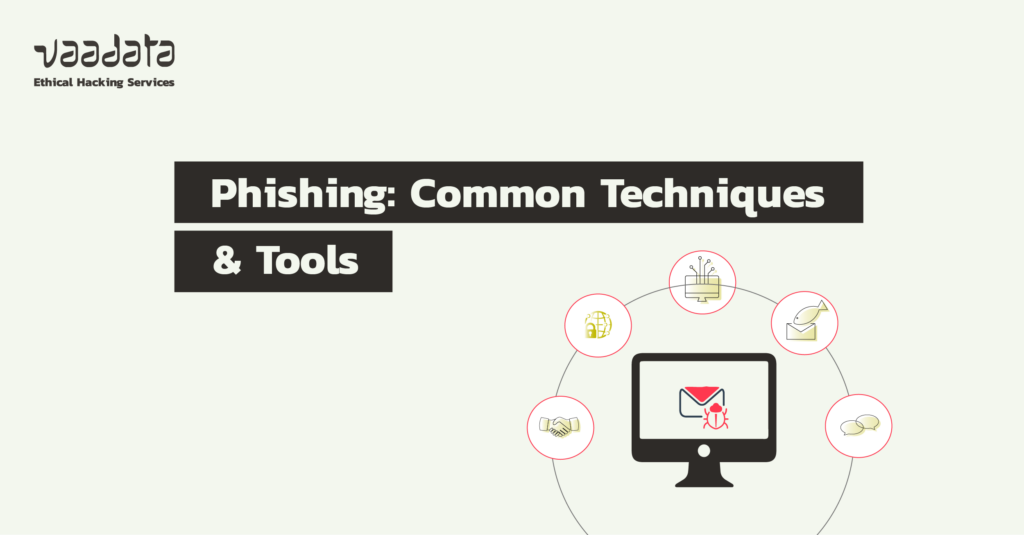
At a time when cyber attacks are increasing in frequency, sophistication and impact, traditional defensive approaches, while necessary, are no longer sufficient.
To effectively protect information systems and anticipate attacks, businesses need to adopt an offensive posture. This proactive approach encompasses practices such as pentests, Red Teaming and Assumed Breach assessments.









